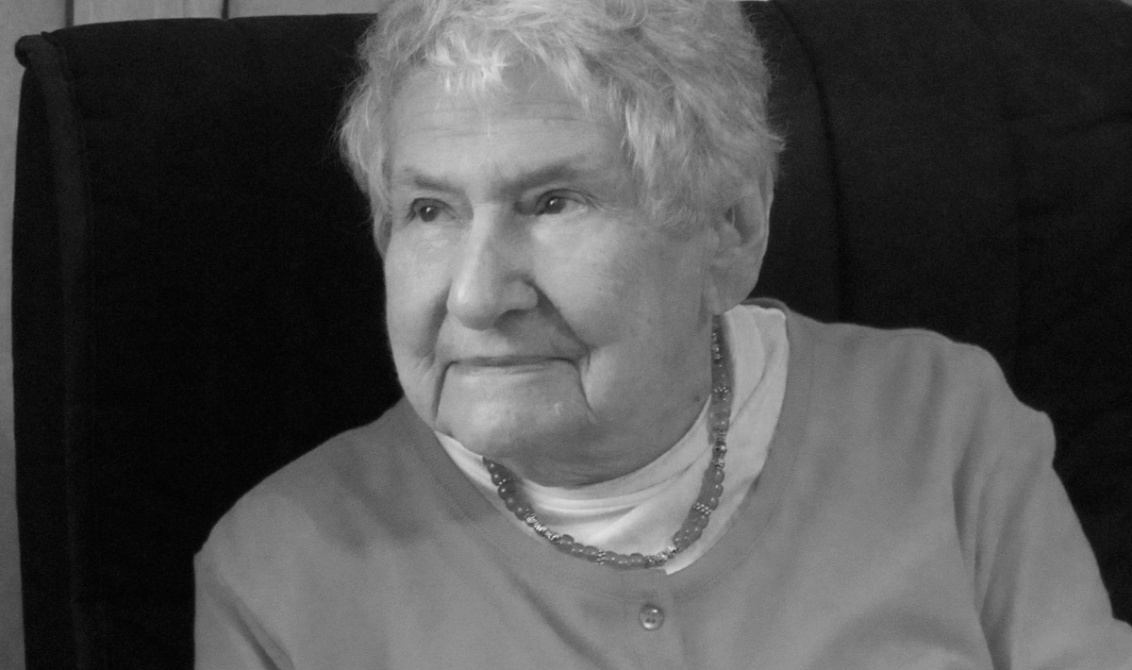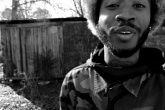By Sara Patterson
Photo: Daniel Coston
November 11, 2015
Some of America’s most striking social documentary photography spent the past 60 years in boxes. And 13 years ago, those boxes moved to Charlotte with the woman who turned a quietly eloquent lens on mid-century New York.
Sonia Handelman Meyer was serving in Puerto Rico as a young woman during World War II when a photographer introduced her to his work with The Photo League, a New York cooperative that made photography more accessible by providing classes, lectures and a darkroom. Meyer started with a basic course and quickly advanced, walking the boroughs with camera in hand. The League’s membership roster was a rolodex of now-legends, including Paul Strand, Berenice Abbott, Ansel Adams and Lewis Hine, whose work spurred child labor reform and inspired Meyer’s focus on social justice.
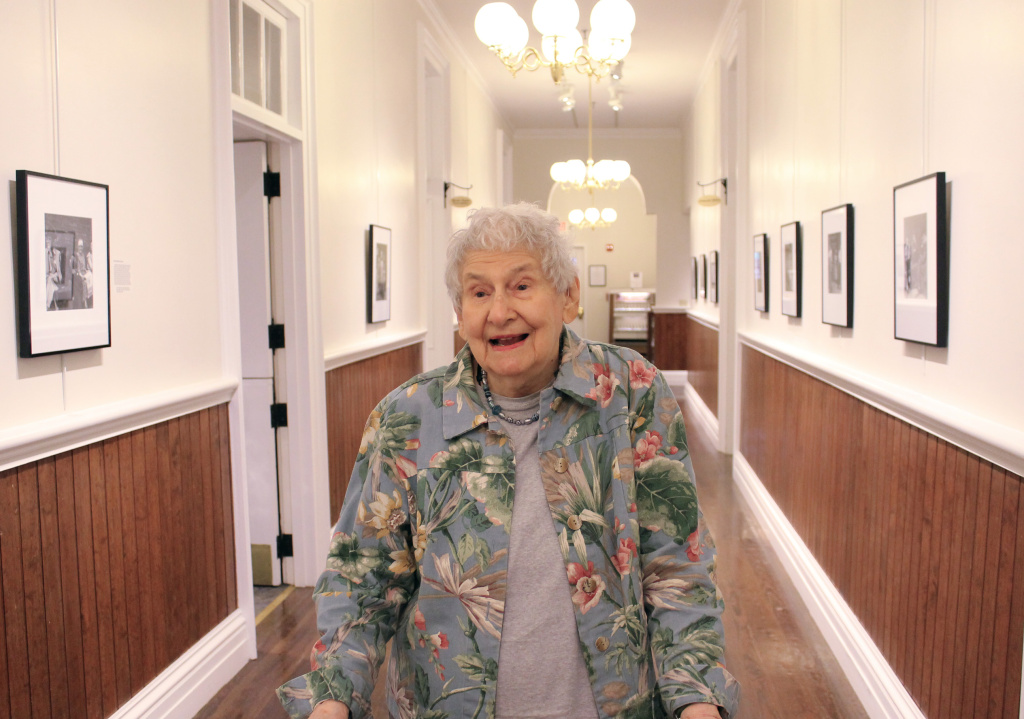
“The League was unusual, and it still is,” says Meyer. “It’s never been replicated. It was devoted to social justice and truly seeing the world around us.”
Meyer saw the world around her with a quiet dignity that leaves her street photography subjects intact as individuals, even as they emblemize the struggles of a post-Depression city. Children playing in the wreckage of slums are seen first as children playing, not as accessories to a poverty-stricken backdrop. “Boy Wearing Mask,” one of her better-known photographs later purchased by the Metropolitan Museum of Art, shows a boy with a handkerchief over his face sitting in a dingy doorway, looking at the camera somewhat warily but somehow completely self-possessed.
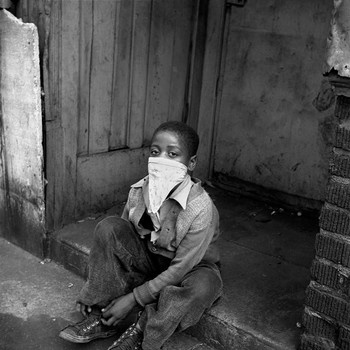
“There was a group of children in Harlem playing cops and robbers,” Meyer recalls. “And he had stopped for a moment by himself to tie his shoe. I stopped long enough to take that one shot. I only ever took one or two shots at a time. It was all very instinctive.”
Meyer’s time with the Photo League, however, was cut short by pre-McCarthy Era Communist witch hunts. The cooperative was placed on the U.S. Attorney General’s Subversive List in 1947, and two years later, Meyer says, “an FBI spy in the League started naming names, and things started getting dangerous for members– people were blacklisted, passports were taken away.”
The group disbanded in 1951.
“It was a farce,” says Meyers of the League’s “Subversive” classification. “Some members were active politically, some weren’t. What we were really doing was showing that after the Depression people were still hungry, still homeless. The photographs were indicative of what was really going on.”
Bruised by the League’s end, Meyer moved to the Catskills after marrying in 1950, where she “discovered nature” and her work shifted in focus. She dabbled in medical photography, worked in public relations with Ralph Steiner and raised two children. One of those children, her son Joe, noticed an awfully familiar photograph decades later in a college art history class.
“It was a photograph that Mom had on the wall in a 10-cent frame when I was growing up,” he says, “And all of a sudden it’s up in this slideshow in class.”
The photograph was an original Lewis Hine print that Meyers had used in a portfolio sold to raise money for the Photo League– and, it has since been given an upgraded frame.
That first inkling of Meyer’s past grew when she and Joe found one of her photographs– uncredited– on a postcard at Paper Skyscraper after she moved to Charlotte to be closer to family.
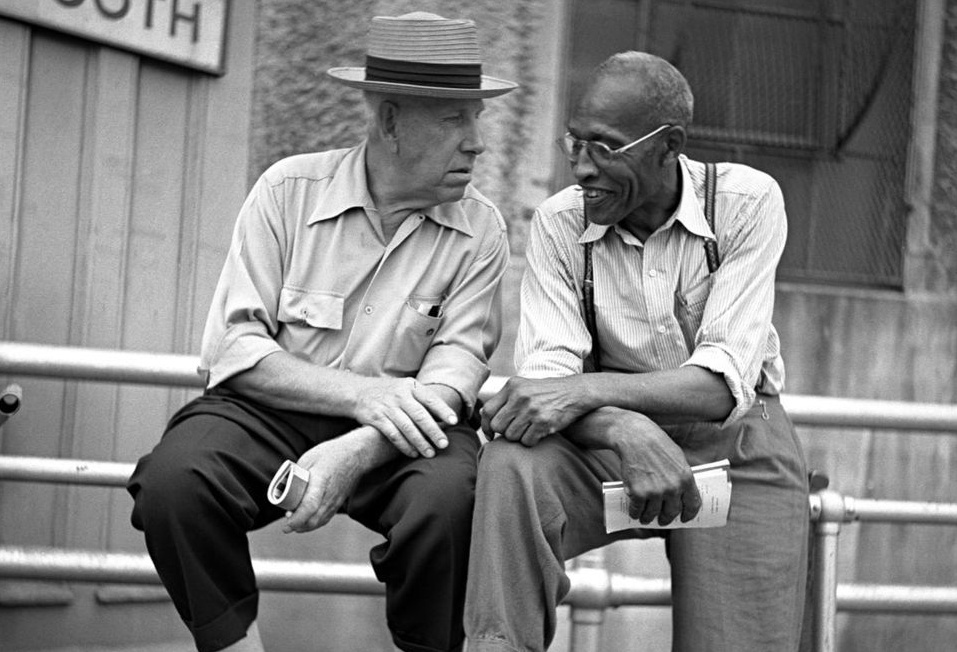
“I don’t think I was upset,” says Meyer. “I think I just took it in stride. I suppose it was funny.”
Meyer tried to get her photographs published once before, in the late-‘40s. She showed them to an editor at Life Magazine, who told her to come back when she had a larger body of work.
“I never went back,” she says,“I didn’t have enough confidence.”
But Joe saw what his mother couldn’t, and positioned himself as agent and advocate, sending a few of the previously packed-away photographs to his contacts at the Hodges Taylor Gallery. And in 2007, Meyer’s Photo League works finally saw their first major exhibition, opening to “an absolute mob scene.” Her work has since been featured in New York, New Orleans, Columbus, San Francisco and at the Mint Museum of Art in Charlotte.
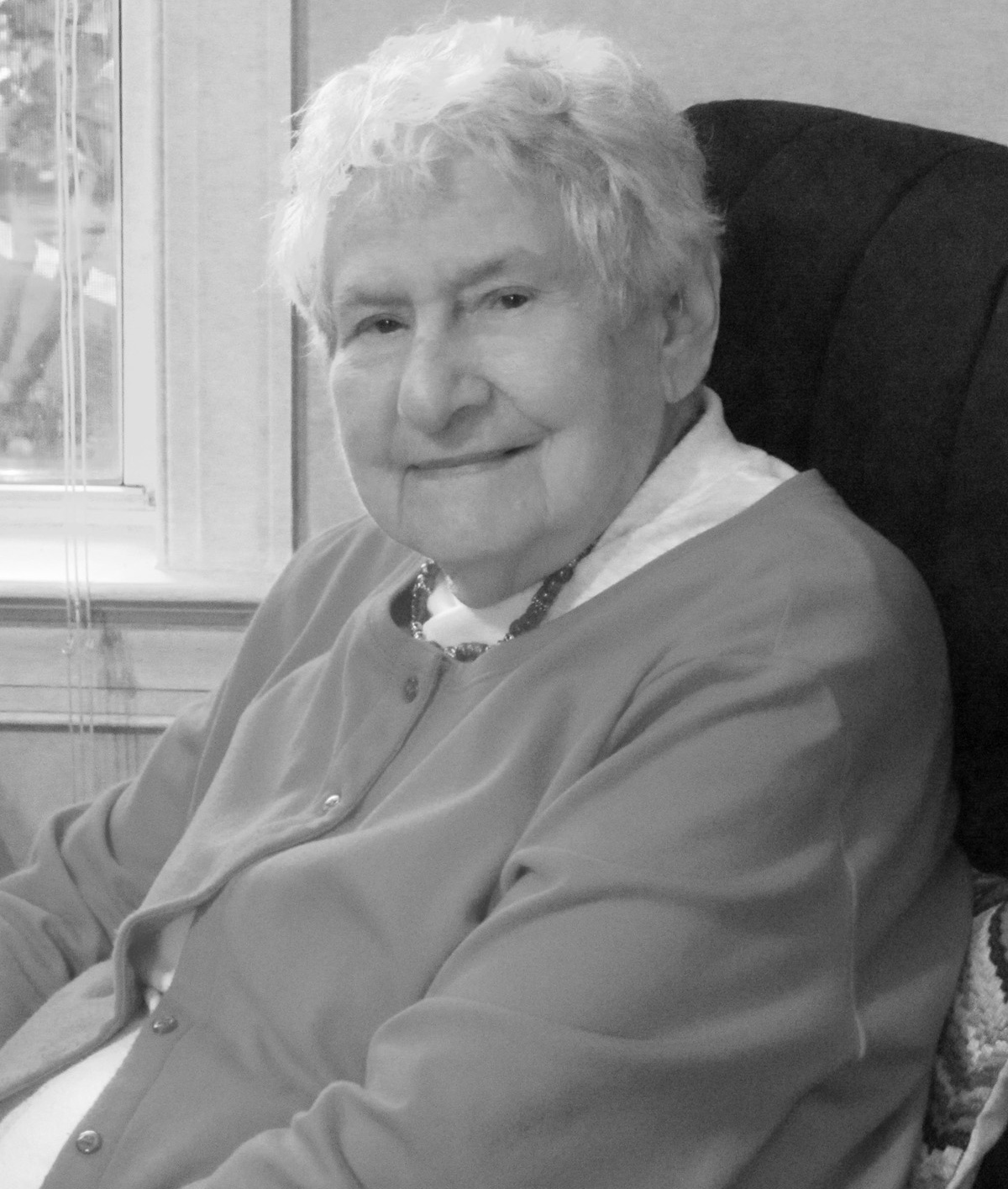
“Every time I walk into an exhibit, the pictures somehow look new to me,” says Meyer, now 95. “It’s not that I didn’t prize them. I prized them for myself. But I never thought to display them for others. The response has been so moving– people old and young come up to me, and they see the importance of these pictures. I never would have expected it.”
Meyer has one major regret: she never took notes, and as a result none of her photographs have dates or exact locations.
“That’s my advice to photographers now,” she says, “Take notes. That, and keep your eyes open, see what’s there and feel for it. There’s a lot going on that you don’t always see.”
Check out the photography of Sonia Handelman Meyer.
Read next:
https://clture.org/summer-playlist-barack-obama-north-carolina/
